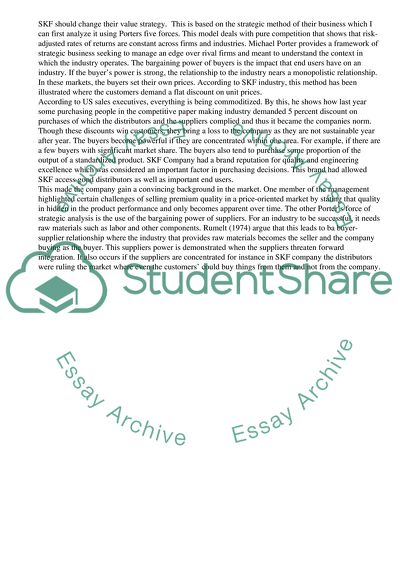Cite this document
(“Change of SKF's Value Strategy Case Study Example | Topics and Well Written Essays - 2750 words”, n.d.)
Change of SKF's Value Strategy Case Study Example | Topics and Well Written Essays - 2750 words. Retrieved from https://studentshare.org/management/1738131-strategic-managemant-skf-sercive-division
Change of SKF's Value Strategy Case Study Example | Topics and Well Written Essays - 2750 words. Retrieved from https://studentshare.org/management/1738131-strategic-managemant-skf-sercive-division
(Change of SKF'S Value Strategy Case Study Example | Topics and Well Written Essays - 2750 Words)
Change of SKF'S Value Strategy Case Study Example | Topics and Well Written Essays - 2750 Words. https://studentshare.org/management/1738131-strategic-managemant-skf-sercive-division.
Change of SKF'S Value Strategy Case Study Example | Topics and Well Written Essays - 2750 Words. https://studentshare.org/management/1738131-strategic-managemant-skf-sercive-division.
“Change of SKF'S Value Strategy Case Study Example | Topics and Well Written Essays - 2750 Words”, n.d. https://studentshare.org/management/1738131-strategic-managemant-skf-sercive-division.


